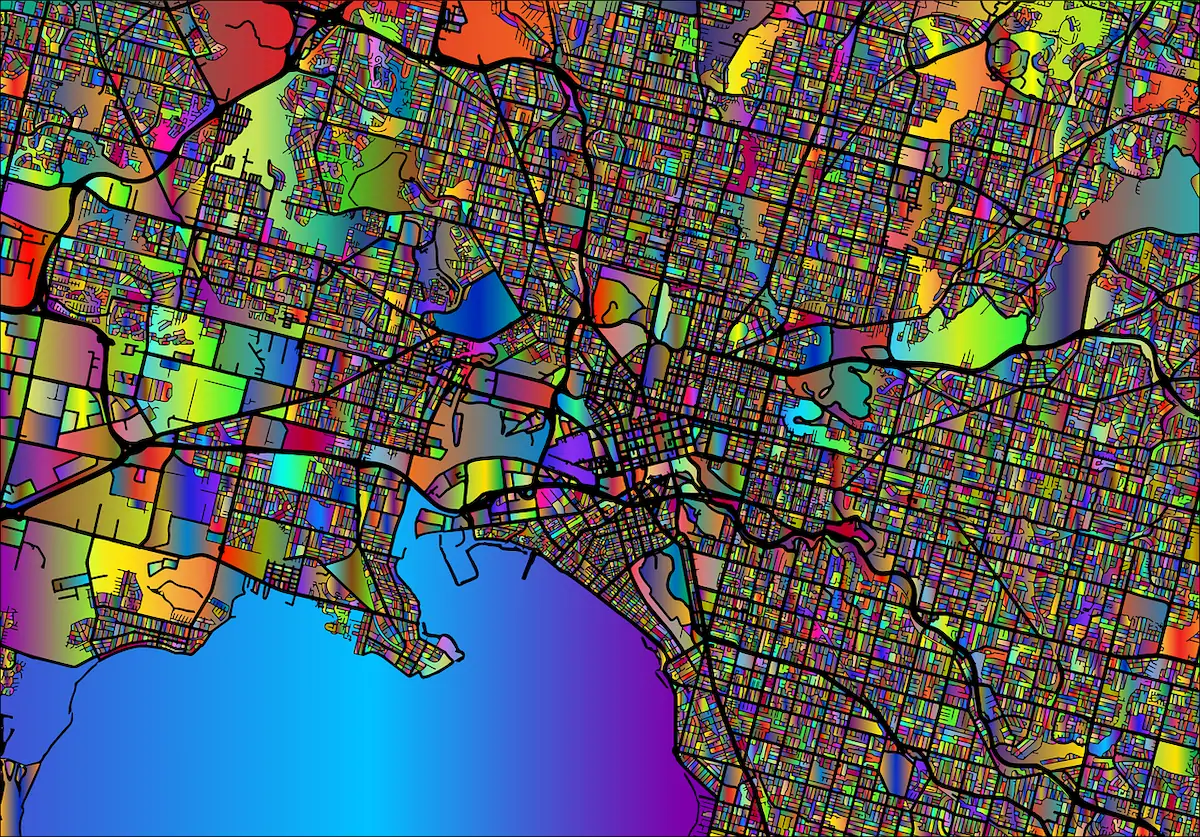Online shopping has been around for a while now. However, the largest shift in consumer inclination towards online shopping came with the onset of the COVID-19 pandemic. Therefore, every business seeking to survive this consumer behavior change must keep up with emerging trends in the industry. Here are some route planning trends and innovations that you may want to consider.
Unfortunately, most businesses had not adequately planned for such a scenario which resulted in massive glitches in logistics and route planning.
According to experts, the demand for last-mile delivery is expected to grow by 78 percent globally by 2030.
1. Google Maps
Google Maps has been around for a while now, but it is still a contender in route planning. Whether you are doing your deliveries by car, motorcycle, or bike, Google Maps helps the user move from one point to another.
Additionally, Google Maps offers an option for quick reroutes by factoring in accidents and traffic snarl-ups in real-time, making it one of the most efficient tools in route planning.
However, if you have several stops on your route, Google Maps may not be sufficient on its own because it only allows a limited number of stops and has zero route optimization.
But that doesn’t mean you cannot get more out of it. If you are looking to add multiple stops on your google maps route, this post on how to find the shortest route on Google Maps is a good read for you.
2. The Internet of Things
Internet of things (IoT) is an interconnection of physical devices that monitor and transfer data through the internet. While this trend has been around for some time now, its uptake in 2022 and beyond is likely to rise with the rollout of the 5G network.
IoT enhances visibility and real-time tracking of goods and the fleet without human intervention. Besides keeping real-time track of the fleet and goods delivered, IoT can also help track fuel consumption, wastage, and other critical data from your fleet using sensors and devices installed in the vehicle. This data can be very helpful in optimizing your businesses’ delivery service.
3. Autonomous vehicles
The talk about autonomous vehicles being a thing of the future has been around for many years. Today, autonomous vehicles aren’t something to expect in the future – they are a reality.
While no single state in America has banned autonomous cars from its roads, there are strict regulations to their use since it’s a relatively new technology.
Some leading delivery service providers such as UPS and DHL have invested heavily in research geared towards developing autonomous delivery vehicles.
According to them, autonomous delivery vehicles will be a game-changer in the industry. Considering fast-changing trends in technology, autonomous car incorporation in delivery may come sooner than you may think.
4. Good reliable drivers are always a trend
Even with the latest technologies, the buck stops with the drivers. Hiring and maintaining drivers that meet your business’s standards can make a huge difference in your delivery service.
Luckily, with the IoT technology, fleet managers can track bad driving behaviors in real-time and provide the best guide on which drivers to keep and which to let go.
Good driving habits ensure that consumers get their orders fulfilled on time and in the proper condition. Additionally, proper driving habits can significantly impact fuel consumption and the cost of vehicle maintenance.
5. Final words
With consumer behavior change experienced in recent times, it is logical that entrepreneurs up their game to meet the existing demand. However, entrepreneurs need to pay attention to emerging route planning trends in the logistics industry to stay relevant and beat the competition.

